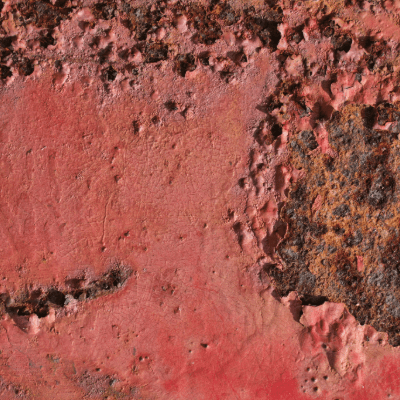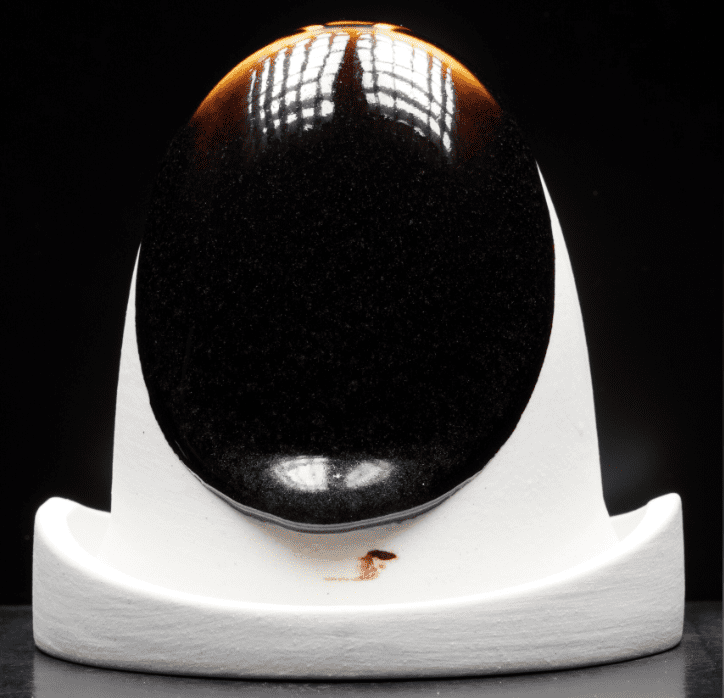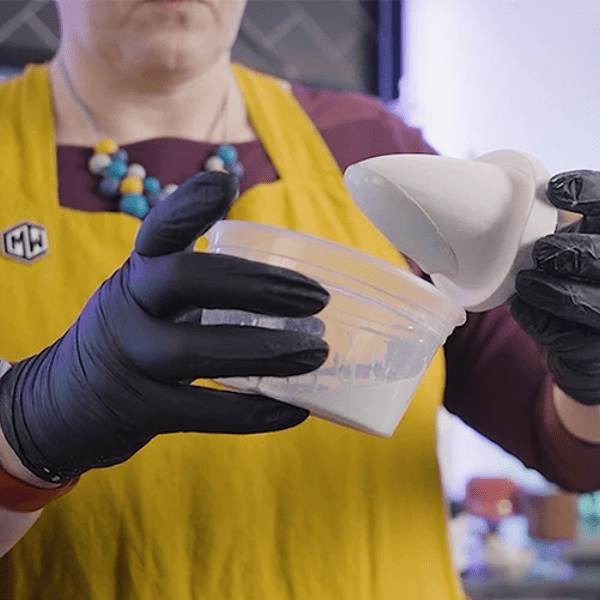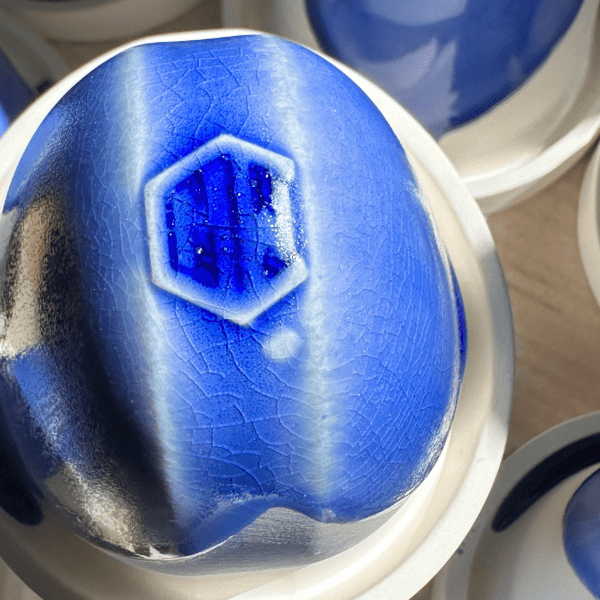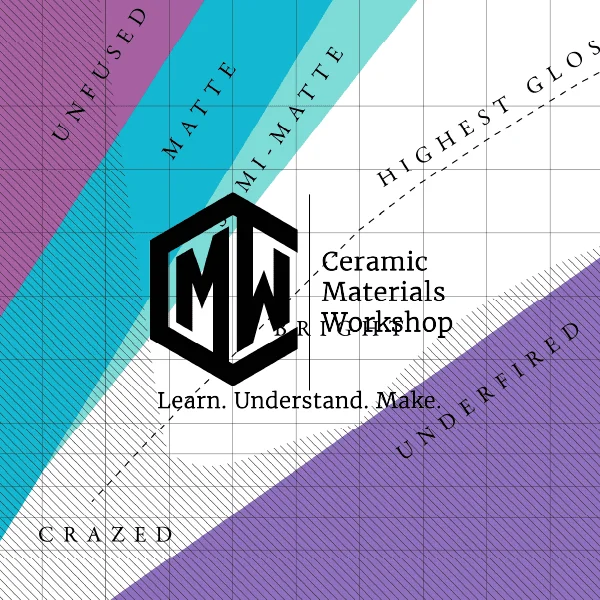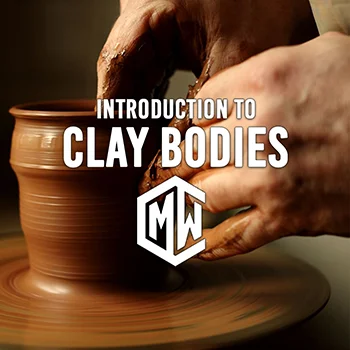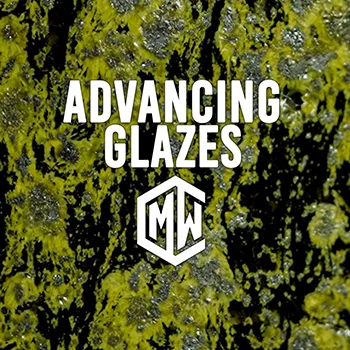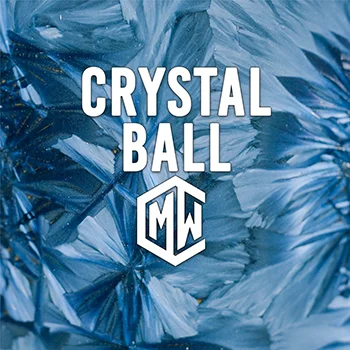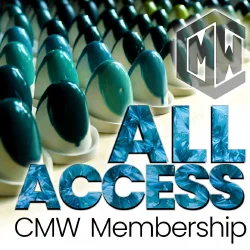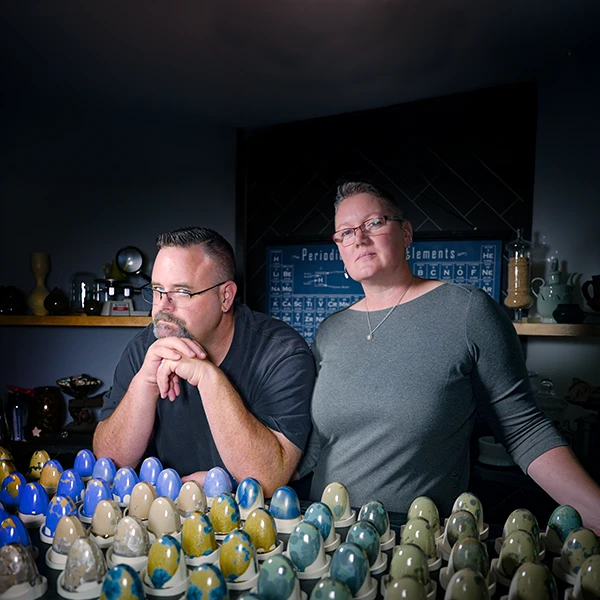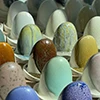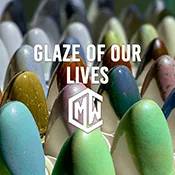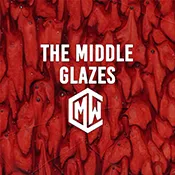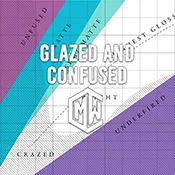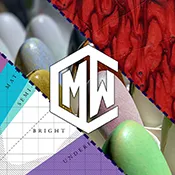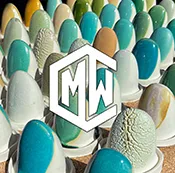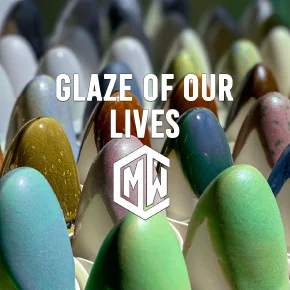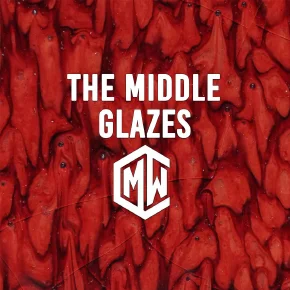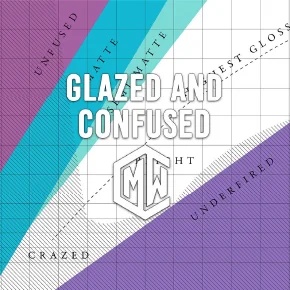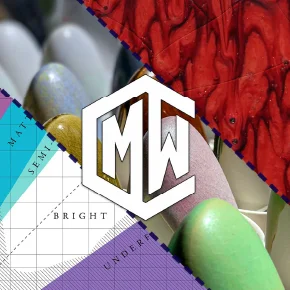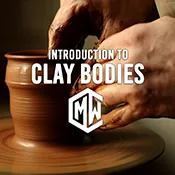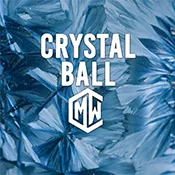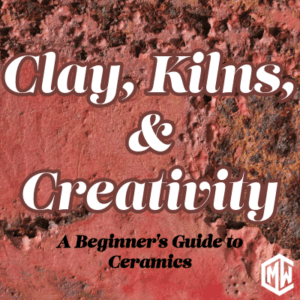
Types of Clay
Earthenware is perfect for beginners, firing at low temperatures and coming in earthy tones. Stoneware is the tough one, great for everyday use and a wide range of projects. And then there’s porcelain, the elegant and challenging one that fires at high temperatures. Choose your clay wisely, young padawan!
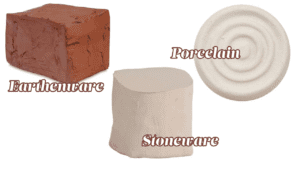
Now what!?
Now, let’s shape that clay! Hand-building is like sculpting with mud, using your hands to pinch, coil, or build with slabs. Or maybe you’re drawn to the mesmerizing spin of the potter’s wheel. Centering that clay takes practice, but once you do, it’s like magic. And don’t forget the tools! Loop tools, ribs, sponges… they’re your sidekicks in this creative adventure. (Learn more about wedging clay here…)
What About Glazing?
Once you’ve shaped your masterpiece, it’s time for the glaze. Think of it as makeup for your pots, adding color and shine. But first, you’ll need to bisque fire your creation in a kiln, a super-powered oven for pottery. This hardens the clay and gets it ready for the glaze. Then, it’s back into the kiln for the glaze firing, where the real magic happens. The glaze melts and transforms your pottery into a work of art. Just remember to match your clay and glaze “cone” ratings to avoid any fiery mishaps!
I Think I Am Ready!
Now, here’s the thing about ceramics: mistakes happen. But don’t worry, they’re all part of the learning process! Just remember to wedge that clay like you mean it, don’t drown it in water, and dry it slowly to avoid cracks and warping. When it comes to glazing, less is more, and always double-check those cone charts before firing. Most importantly, have fun, experiment, and embrace the journey! The world of ceramics is full of exciting possibilities, and with a little practice, you’ll be creating amazing pottery in no time.
Example of a cone chart:
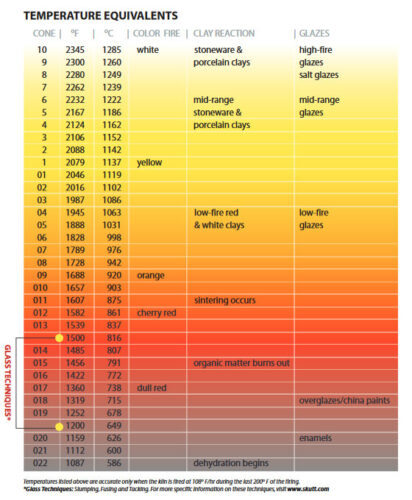
Want to know more about cones?? Check out our podcast!
For Flux Sake Episode 71: Cone Packs or Cone Plaques?
Ready to dive deeper?
Loved learning about ceramic glazes? Want to go even deeper? Check out our Workshops & Courses, now available in Spanish, or YouTube Channel where Matt breaks it all down, myth-busting and Stull chart included!

